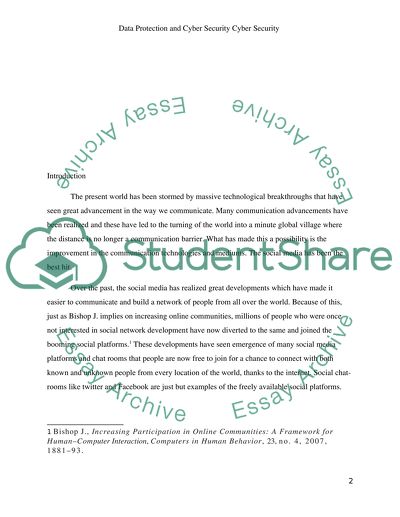Cite this document
(“Data Protection and Cyber-Security 2013 Essay Example | Topics and Well Written Essays - 3000 words”, n.d.)
Retrieved from https://studentshare.org/law/1475287-data-protection-and-cyber-security
Retrieved from https://studentshare.org/law/1475287-data-protection-and-cyber-security
(Data Protection and Cyber-Security 2013 Essay Example | Topics and Well Written Essays - 3000 Words)
https://studentshare.org/law/1475287-data-protection-and-cyber-security.
https://studentshare.org/law/1475287-data-protection-and-cyber-security.
“Data Protection and Cyber-Security 2013 Essay Example | Topics and Well Written Essays - 3000 Words”, n.d. https://studentshare.org/law/1475287-data-protection-and-cyber-security.


